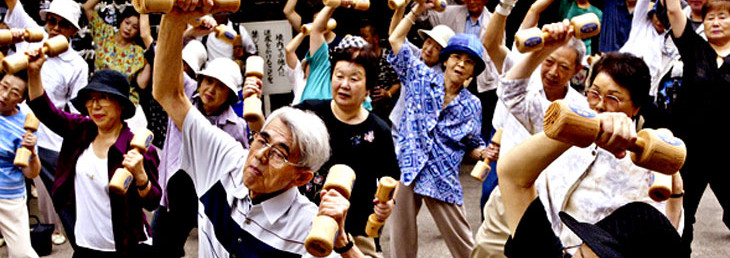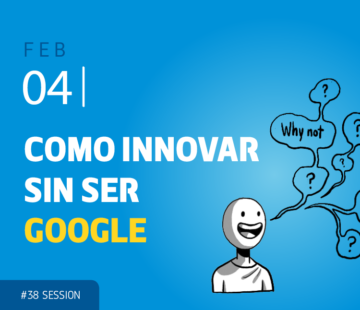Population ageing will create new markets waiting for collaboration to thrive

We have already said so in many occasions: Any current innovative concept or disruptive movement that is meant to potentially change our future has collaboration as a key element for its correct and most frictionless development possible. Same pattern can be applied to our most significant present and near future challenges.
Demographics showing a rapid aging population, very much specially in developed countries, is undoubtedly one of these challenges. The dramatic growth in the numbers of the older people and the concomitant reduction in the size of working or economically active population is altering the whole make-up and balance of society in an unprecedented way. Meanwhile, long-term cutbacks in public expenditure are significantly reducing the level of state funding available to support health, social care and housing services for older people.
The combined effect of these two factors will make our current ways of meeting the needs of older people increasingly unsustainable. It’s now clear for many people that we need to fundamentally rethink how we meet the needs and aspirations of our ageing population. A greater collaboration between all players involved should be a key element on this reconsideration.
Impacting every market and industry
At some areas and in respect to some issues is not even a question of money. The term “silver economy” has been coined as a reference for the new opportunities for new companies, jobs and growth arising from public and consumer expenditure related to the rights, needs and demands of the growing population over 50. By the way, as its name suggests, the Silver Economy does not exactly refers to a particular “market” but to a cross “economy” impacting every market and industry, such as: leisure, transportation, food, insurance, residency, health, safety, communications, the Internet, sports… You name it.
So, why many of these needs are not yet properly satisfied by these different markets? Maybe because this is yet another environment still waiting for collaboration to thrive.
Let’s think for instance about housing for elder people. A still small market known as the “last home” market is trying to respond to the increasing demand of places where it will be possible to gain the most in our later years in our own place as an alternative to retirement and nursing homes. A real estate developer addressing traditional housing market would only need to involve professionals, knowledge, providers an approaches related to the construction sector, as the design and building of a normal house only needs architects, bricklayers, etc. But, what about designing and building for the “last home”?
This is a completely different case. You’ll probably need also the knowledge and experience of organizations with an expertise in care and health; you will also need to properly leverage new technologies and capabilities in the field of Smart Home (and not just any Smart Home technologies, but especially those related to care and health). And, could any architect or furniture maker design for elder people on their own? You bet they will need the help of physiotherapists, neurology experts and other professionals in order to better understand how progressive physical and cognitive deterioration can affect daily routines and how to avoid or reduce these effects in an adapted home.
Crowdsourcing with elders
And what about other more “intangible” issues? For instance services or business models. Builders are makers and makers are used to limit themselves to make and sell “things”. But some “last homes” could certainly only appeal to some users if bundled with services and, as we know, designing and selling services need a completely different set of skills of those needed for products. Wouldn’t partnerships and collaboration between service companies and product companies be in a better position to win these new opportunities than those with a background in just one of the areas?
Most of these services would imply health and care, which in countries with a developed welfare state is due to be provided by public institutions and services, making again necessary new levels of collaboration between private companies and public local and central administrations.
And we should not forget crowdsourcing as an open innovation and co-innovation tool in relation with the needs and solutions responding to the challenge of an aging population. Historically, elders have been hardly ever participants in the process of developing products and solutions for them. But the baby boomer generation grew accustomed to choice and will not be as a passive consumers of retirement housing and care. This will necessarily get into, for instance, house-builders actively involving older people in shaping their developments and the homes they want to live in, as well as policymakers, town planners and public health and care providers taking a more collaborative and crowdsourced approach to aging.
